
Scheveningen: The Seaside Jewel of The Hague
Discover Scheveningen: The Hague’s captivating coastal retreat, where sandy beaches, historic landmarks, and lively entertainment await visitors year-round.
Scheveningen is a charming coastal neighbourhood in The Hague, Netherlands, offering a perfect blend of natural beauty, rich history, and vibrant culture. Known for its long sandy beaches and bustling promenade, Scheveningen is a haven for sun-seekers and water sports enthusiasts alike. The iconic Pier, with its Ferris wheel and bungee jumping platform, provides stunning panoramic views of the North Sea and a dose of adrenaline for the adventurous. Beyond the beach, Scheveningen boasts a variety of attractions that cater to all interests. The historic Kurhaus, a grand 19th-century hotel, stands proudly as a symbol of the area’s luxurious past and continues to host world-class events and concerts. Nearby, the Sea Life Scheveningen aquarium offers an underwater journey through marine life, perfect for families. For those interested in culture and history, the Beelden aan Zee museum showcases contemporary sculpture in a unique setting, while the Atlantikwall Museum delves into the area’s World War II history. Scheveningen’s culinary scene is equally enticing, with numerous seafood restaurants lining the boulevard, offering freshly caught delights. The neighbourhood also hosts a vibrant nightlife, with beach clubs and bars providing entertainment well into the night. Whether you're looking to relax on the beach, explore cultural sites, or enjoy the local cuisine, Scheveningen has something for everyone.
Local tips in Scheveningen
- Visit early in the morning or late in the afternoon to avoid the crowds on the beach and enjoy a peaceful walk along the shore.
- Bring a jacket or sweater, as the coastal wind can be chilly, even in summer.
- Don't miss the local seafood specialties, particularly at the beachside restaurants.
- Check the event calendar for festivals and concerts at the Kurhaus and the surrounding area.
- Consider renting a bike to explore the nearby dunes and parks, offering scenic routes and a break from the bustling promenade.
Scheveningen: The Seaside Jewel of The Hague
Scheveningen is a charming coastal neighbourhood in The Hague, Netherlands, offering a perfect blend of natural beauty, rich history, and vibrant culture. Known for its long sandy beaches and bustling promenade, Scheveningen is a haven for sun-seekers and water sports enthusiasts alike. The iconic Pier, with its Ferris wheel and bungee jumping platform, provides stunning panoramic views of the North Sea and a dose of adrenaline for the adventurous. Beyond the beach, Scheveningen boasts a variety of attractions that cater to all interests. The historic Kurhaus, a grand 19th-century hotel, stands proudly as a symbol of the area’s luxurious past and continues to host world-class events and concerts. Nearby, the Sea Life Scheveningen aquarium offers an underwater journey through marine life, perfect for families. For those interested in culture and history, the Beelden aan Zee museum showcases contemporary sculpture in a unique setting, while the Atlantikwall Museum delves into the area’s World War II history. Scheveningen’s culinary scene is equally enticing, with numerous seafood restaurants lining the boulevard, offering freshly caught delights. The neighbourhood also hosts a vibrant nightlife, with beach clubs and bars providing entertainment well into the night. Whether you're looking to relax on the beach, explore cultural sites, or enjoy the local cuisine, Scheveningen has something for everyone.
Iconic landmarks you can’t miss
De Pier
Explore De Pier in Scheveningen, a vibrant seaside attraction with breathtaking views, diverse dining options, and exciting activities for all visitors.
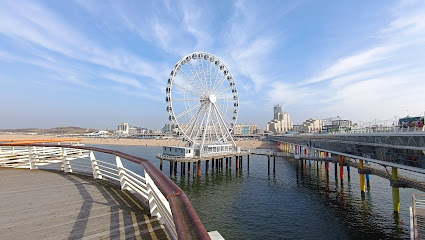
Sea Life Scheveningen
Explore the vibrant underwater world at Sea Life Scheveningen, an enriching and family-friendly aquarium along the stunning Dutch coastline.
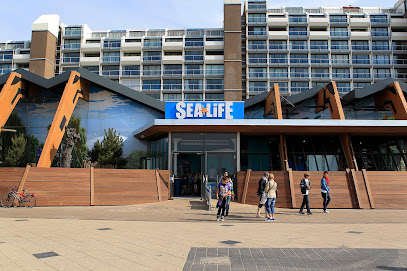
The Pier SkyView
Discover breathtaking views and delightful dining at The Pier SkyView in The Hague, a must-visit attraction for unforgettable experiences.

Scheveningse Bosjes
Discover the lush landscapes and tranquil ambiance of Scheveningse Bosjes, a picturesque park in The Hague perfect for relaxation and exploration.
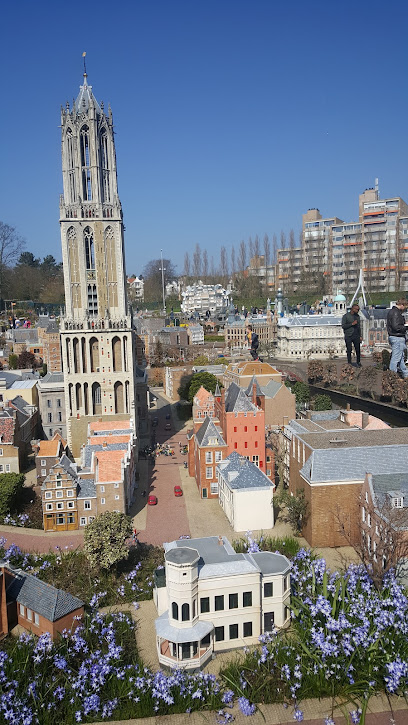
museum Beelden aan Zee
Discover contemporary sculptures and stunning coastal views at Museum Beelden aan Zee in Scheveningen, The Hague.
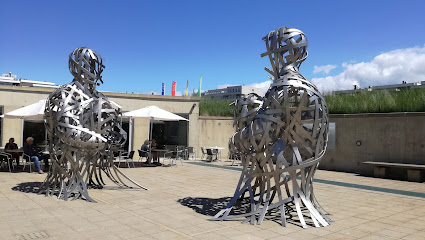
Scheveningen Lighthouse
Explore the historic Scheveningen Lighthouse, a stunning landmark with breathtaking views of the North Sea and a rich maritime heritage in The Hague.
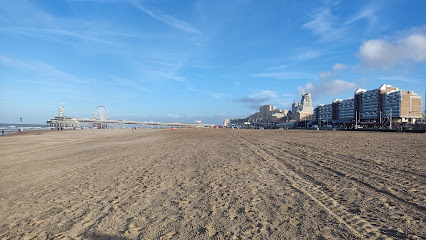
Muzee Scheveningen
Explore the maritime heritage and cultural history of Scheveningen at Muzee Scheveningen, a fascinating museum in The Hague.
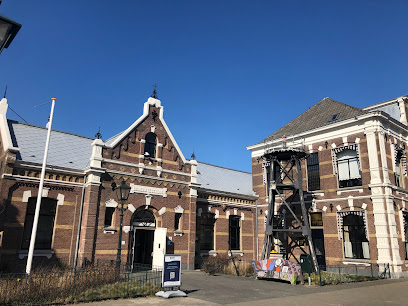
Fisherman's wife of Scheveningen
Discover the Fisherman's Wife sculpture in Scheveningen, a poignant tribute to the fishing community's resilience and a must-see landmark in The Hague.
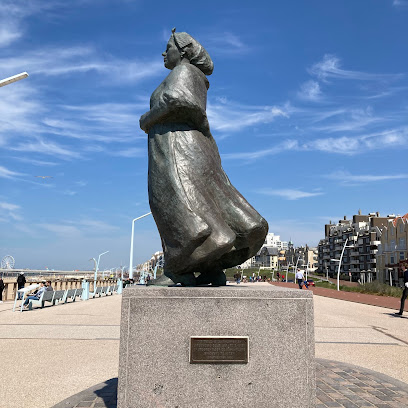
Indisch monument
Discover the Indisch Monument in The Hague, a serene tribute to history set against the backdrop of nature's beauty.
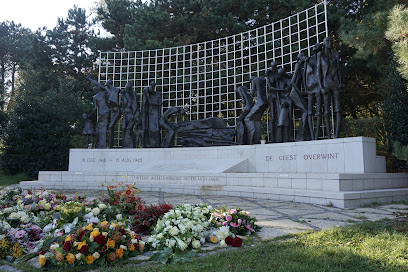
Memorial of King William I
Explore the Memorial of King William I in Scheveningen, a historical landmark combining rich culture and stunning coastal views in The Hague.
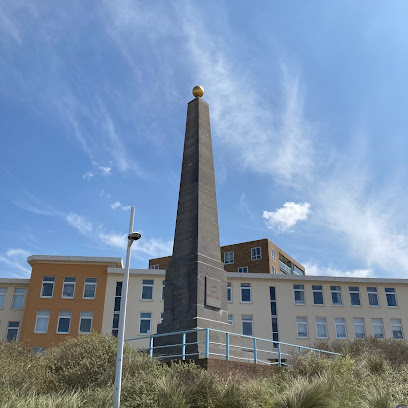
Unmissable attractions to see
Sea Life Scheveningen
Immerse yourself in the enchanting underwater world at Sea Life Scheveningen, an unforgettable aquarium experience in The Hague.
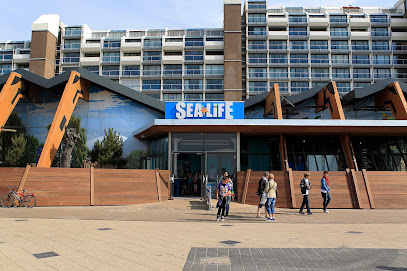
The Pier SkyView
Discover stunning views, delightful dining, and unforgettable experiences at The Pier SkyView in The Hague.
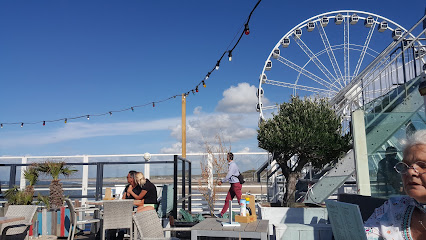
Panorama Mesdag
Discover the enchanting 360-degree world of Panorama Mesdag, a masterpiece of Dutch art that brings the coastal beauty of The Hague to life.

Scheveningse Bosjes
Explore the serene landscapes of Scheveningse Bosjes, a picturesque park in The Hague offering a peaceful escape into nature.
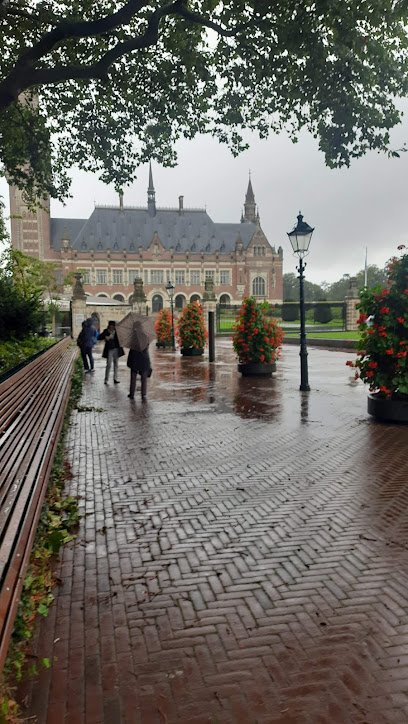
Scheveningen Lighthouse
Experience the iconic Scheveningen Lighthouse, a historical beacon with stunning views, nestled along the vibrant beach of The Hague's coastal gem.
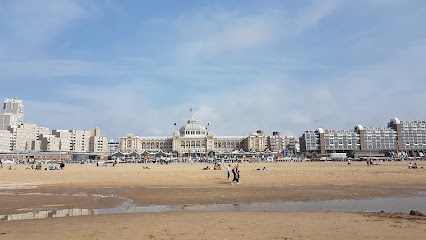
Muzee Scheveningen
Explore the fascinating maritime history of Scheveningen at Muzee Scheveningen, a charming museum showcasing local culture and traditions.
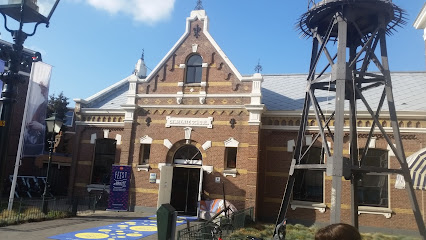
Memorial of King William I
Explore the Memorial of King William I in Scheveningen, a historical landmark that celebrates Dutch heritage and offers serene coastal views.
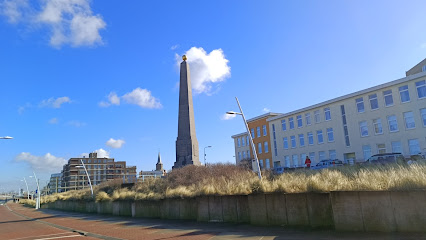
Essential places to dine
Catch by Simonis
Experience exquisite seafood dining at Catch by Simonis in Scheveningen - where every dish reflects the freshness of the North Sea.

De Dagvisser
Experience fresh seafood delights at De Dagvisser in Scheveningen, where stunning ocean views meet exceptional culinary craftsmanship.
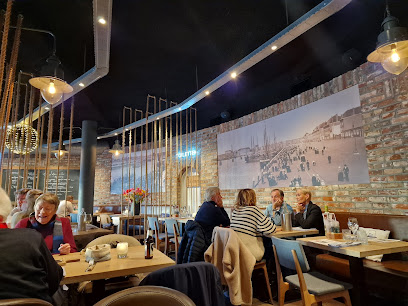
Steam Scheveningen
Discover Steam Scheveningen: A unique blend of grill delights and live music on the beautiful shores of The Hague.
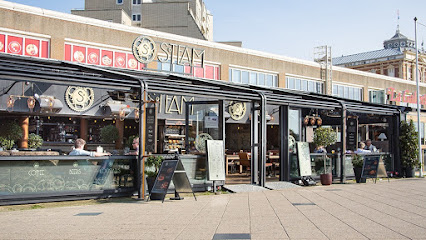
Santos
Discover authentic Argentinian cuisine at Santos in Scheveningen - where every dish tells a story of flavor and tradition.

Bar & Restaurant Suzie Q
Experience delectable cuisine and vibrant nightlife at Bar & Restaurant Suzie Q in Scheveningen, The Hague - your perfect culinary escape.
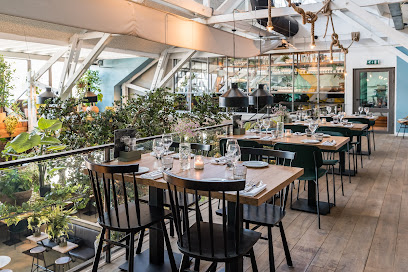
Bistro Lemongrass | Scheveningen
Experience exquisite Asian-inspired cuisine at Bistro Lemongrass in Scheveningen - where taste meets seaside charm.
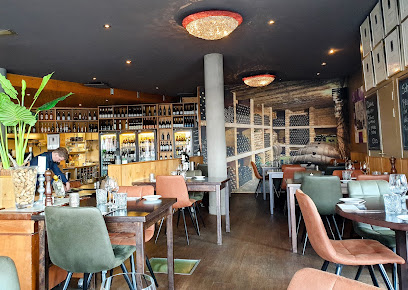
Het Gouden Kalf
Discover modern European cuisine with a focus on fresh seafood at Het Gouden Kalf in Scheveningen, The Hague.
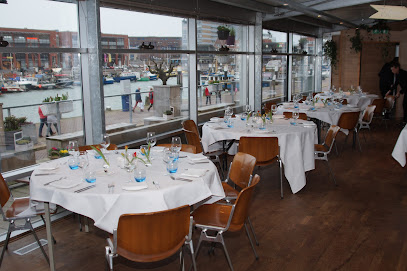
Restaurant Waterproef
Experience modern French culinary artistry at Restaurant Waterproef in Scheveningen, where exquisite seafood meets breathtaking waterfront views.
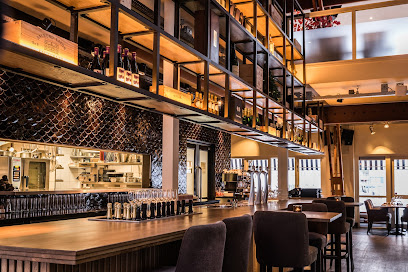
Restaurant ChouChou
Experience exquisite Asian fusion and French cuisine at Restaurant ChouChou in Scheveningen - a must-visit dining destination for tourists.
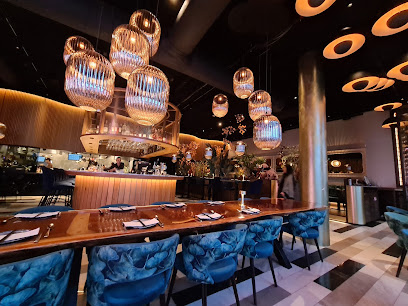
De Eetkamer van Scheveningen
Experience exquisite Dutch cuisine at De Eetkamer van Scheveningen – where local ingredients meet culinary creativity.
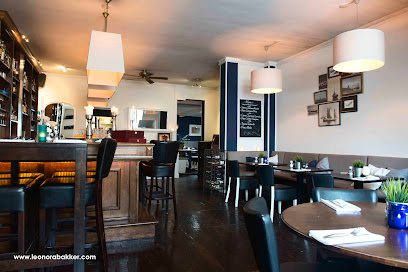
Markets, malls and hidden boutiques
The Passage
Discover the historic Passage in The Hague, where shopping meets stunning architecture and rich cultural heritage.
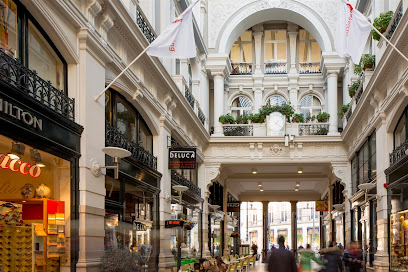
De Bijenkorf (Den Haag)
Discover luxury shopping at De Bijenkorf in The Hague, featuring high-end brands and exquisite products in a stunning retail environment.
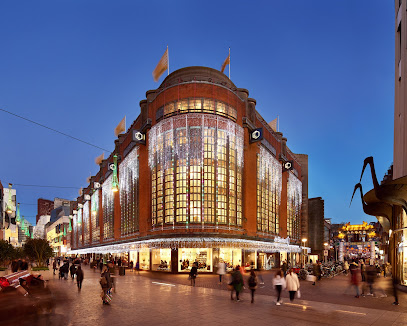
Palace Promenade
Experience the lively shopping and dining scene at Palace Promenade in Scheveningen, a must-visit destination for tourists in The Hague.
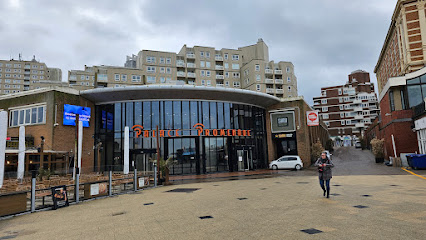
Action Scheveningen
Explore Action Scheveningen, the ultimate gift shop and DIY paradise, featuring a diverse selection of home goods, crafting supplies, and unique treasures.
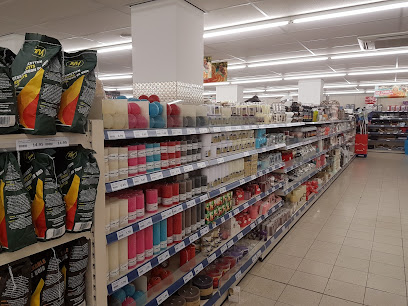
Bennies Fifties Hague
Explore the charm of yesteryears at Bennies Fifties Hague, a treasure trove of vintage clothing, collectibles, and retro furniture.
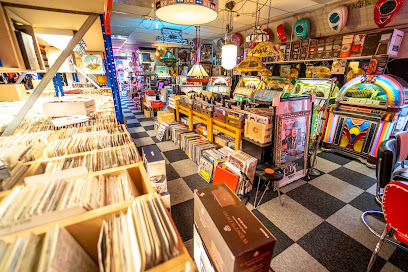
Holland Souvenirs
Explore Holland Souvenirs in The Hague for authentic Dutch gifts, from clogs to cheese, capturing the spirit of the Netherlands.
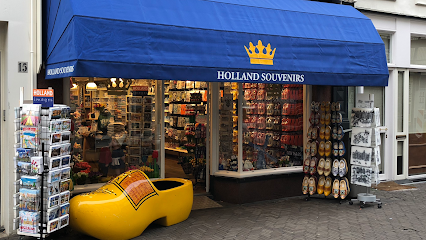
Primera
Discover unique gifts, books, and local specialties at Primera in Scheveningen, a must-visit destination for every tourist.
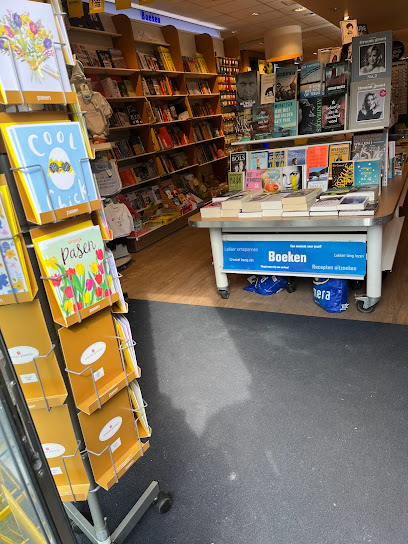
Shopping Center De Keizerstraat Scheveningen
Explore the vibrant Shopping Center De Keizerstraat in Scheveningen, where shopping, dining, and seaside charm come together for an unforgettable experience.
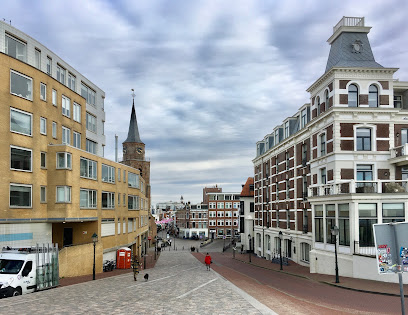
HEMA
Explore HEMA in Scheveningen: A unique gift shop offering stylish clothing, baby goods, and home essentials for every traveler.
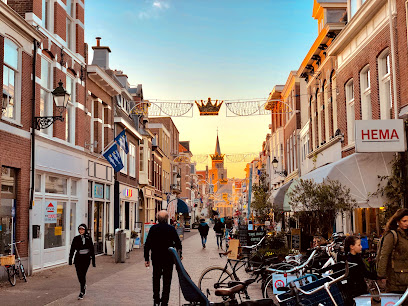
Uw Winkeltje
Discover unique local treasures at Uw Winkeltje, a charming store in Scheveningen, The Hague, offering a delightful shopping experience for every tourist.
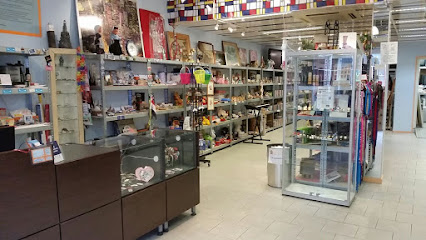
LA SIRENA GIFTS & LIFESTYLE
Explore La Sirena Gifts & Lifestyle for unique souvenirs and local treasures that embody the spirit of The Hague.

Leuke Dingen Outlet
Explore Leuke Dingen Outlet in The Hague for unique finds and local treasures that make perfect souvenirs and gifts.
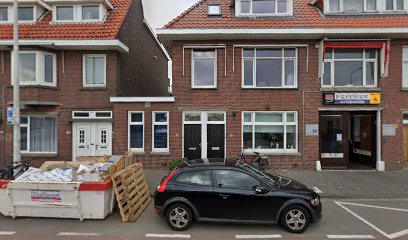
VED - Vierelkedag.nl
Explore the charm of The Hague at VED - Vierelkedag.nl, your destination for unique gifts and local treasures in Scheveningen.
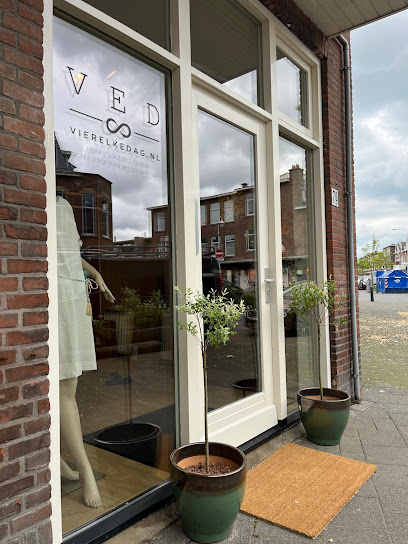
Essential bars & hidden hideouts
Crazy Pianos
Discover Crazy Pianos in Scheveningen: An unforgettable blend of Asian culinary delights, live jazz music, and vibrant nightlife awaits you!
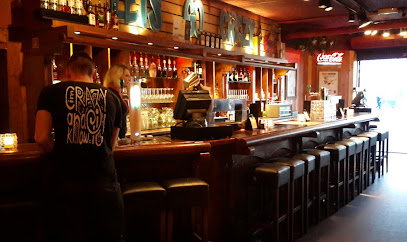
Steam Scheveningen
Experience the best of Scheveningen at Steam Scheveningen, a vibrant grill and cocktail bar perfect for food lovers and music enthusiasts alike.
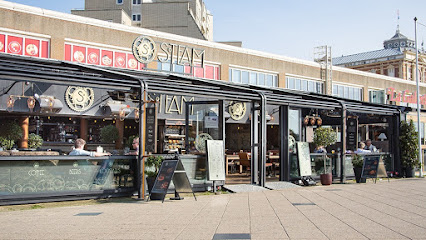
Zanzibar Beachclub
Experience the ultimate beach getaway at Zanzibar Beachclub in Scheveningen, where delicious barbecue meets stunning ocean views and vibrant nightlife.
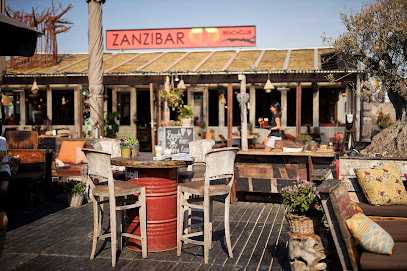
Spice Beach Club
Discover the ultimate beachside escape at Spice Beach Club with stunning views, delicious cuisine, and refreshing cocktails in The Hague.
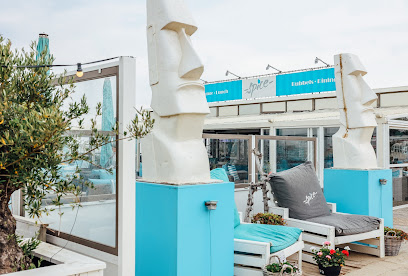
Zahara
Discover Zahara, a vibrant cocktail bar in Scheveningen, where expertly crafted drinks meet stunning coastal views for an unforgettable experience.
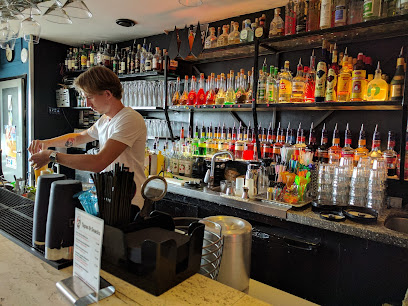
Nelson Sports Bar
Discover the ultimate sports viewing experience at Nelson Sports Bar in Scheveningen, The Hague, where excitement meets great food and drinks.
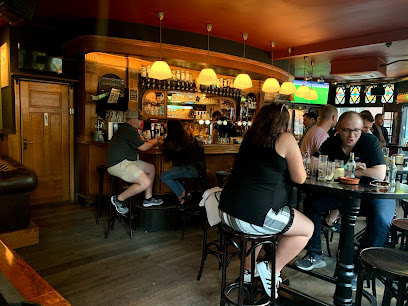
De Snoeshaen
Experience the vibrant atmosphere of De Snoeshaen, a top-rated bar and restaurant in Scheveningen, offering delicious food and drinks near the beach.
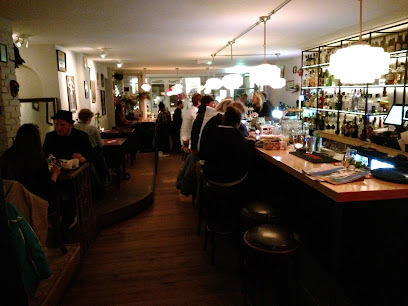
Tante Knier
Experience the vibrant nightlife of Scheveningen at Tante Knier, your go-to bar for drinks, bites, and good company.
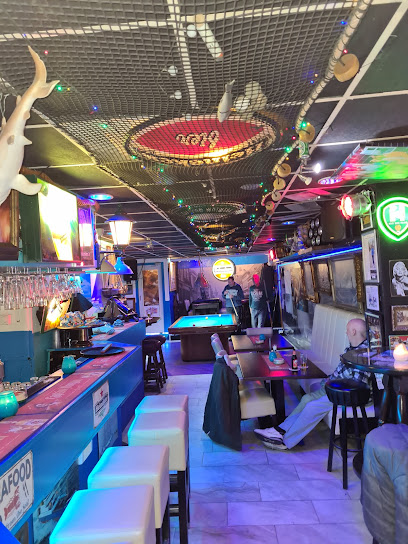
Little Cuba
Discover Little Cuba, a tropical cocktail bar in Scheveningen offering exquisite drinks and stunning beach views, perfect for a vibrant night out.

Workshop shaken Scheveningen
Discover the art of mixology in Scheveningen at Workshop Shaken, a unique cocktail experience blending fun and creativity in The Hague.
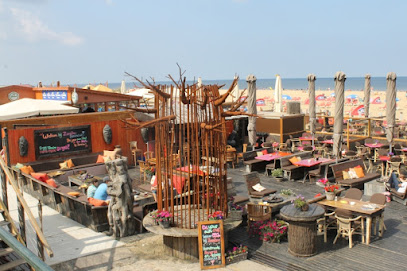
Local Phrases
-
- HelloHoi
[hoi] - GoodbyeDoei
[dui] - YesJa
[ya] - NoNee
[nee] - Please/You're welcomeAlsjeblieft
[als-yuh-bleeft] - Thank youDank je
[dank yuh] - Excuse me/SorrySorry
[sor-ee] - How are you?Hoe gaat het?
[hu guht hut] - Fine. And you?Goed. En met jou?
[khoot. en met yow] - Do you speak English?Spreek je Engels?
[sprayk yuh eng-uls] - I don't understandIk begrijp het niet
[ik buh-grayp hut neet]
- HelloHoi
-
- I'd like to see the menu, pleaseMag ik de menukaart zien, alsjeblieft
[mah ik duh men-oo-kahrt seen, als-yuh-bleeft] - I don't eat meatIk eet geen vlees
[ik ayt khayn flays] - Cheers!Proost!
[prohst] - I would like to pay, pleaseIk wil graag betalen, alsjeblieft
[ik vil khrahg buh-tah-lun, als-yuh-bleeft]
- I'd like to see the menu, pleaseMag ik de menukaart zien, alsjeblieft
-
- Help!Help!
[help] - Go away!Ga weg!
[ga vekh] - Call the Police!Bel de politie!
[bel duh poh-lee-see] - Call a doctor!Bel een dokter!
[bel ayn dok-tur] - I'm lostIk ben verdwaald
[ik ben fur-dwahld] - I'm illIk ben ziek
[ik ben zik]
- Help!Help!
-
- I'd like to buy...Ik wil graag kopen...
[ik vil khrahg koh-pun] - I'm just lookingIk kijk alleen even
[ik kayk a-lun a-fun] - How much is it?Hoeveel kost het?
[hoo-vel kost hut] - That's too expensiveDat is te duur
[dat is tuh dur] - Can you lower the price?Kunt u de prijs verlagen?
[kunt yoo duh prays fur-lah-gun]
- I'd like to buy...Ik wil graag kopen...
-
- What time is it?Hoe laat is het?
[hoo laht is hut] - It's one o'clockHet is een uur
[hut is ayn oor] - Half past (10)Half elf
[hahlf elf] - MorningOchtend
[okh-tent] - AfternoonMiddag
[mid-dahkh] - EveningAvond
[ah-vunt] - YesterdayGisteren
[khis-tur-un] - TodayVandaag
[vahn-dahkh] - TomorrowMorgen
[mor-khun] - 1Een
[ayn] - 2Twee
[tvay] - 3Drie
[dree] - 4Vier
[feer] - 5Vijf
[fayf] - 6Zes
[zehs] - 7Zeven
[zay-ven] - 8Acht
[ahkht] - 9Negen
[nay-khun] - 10Tien
[teen]
- What time is it?Hoe laat is het?
-
- Where's a/the...?Waar is de...
[var is duh] - What's the address?Wat is het adres?
[vat is hut ah-drus] - Can you show me (on the map)?Kunt u het me laten zien (op de kaart)?
[kunt yoo hut may laa-tun seen (op duh kahrt)] - When's the next (bus)?Wanneer is de volgende (bus)?
[vuhn-er is duh fohl-hun-duh (bus)] - A ticket (to ....)Een kaartje (naar ....)
[ayn kart-yuh (nar)]
- Where's a/the...?Waar is de...
History of Scheveningen
-
Scheveningen's history dates back to the early medieval period when it was primarily a fishing village. The name Scheveningen is thought to derive from 'schaefen' which means 'to shear', referring to the area's sheep farming before it became known for its fishing community. The village thrived on the North Sea's bountiful resources, establishing itself as a crucial site for trade and maritime activities.
-
In the 19th century, Scheveningen transformed from a humble fishing village into a fashionable seaside resort, particularly favored by the Dutch elite. The construction of the first beach pavilion in 1885 marked the beginning of this transition, attracting visitors seeking leisure and health benefits from the sea air. The establishment of the Scheveningen Pier in 1901 further enhanced its appeal, becoming a symbol of the neighborhood's resort culture.
-
During World War II, Scheveningen faced significant hardships as the German occupiers fortified the coastline, turning the beach into a military area. Many of the village's historical buildings were destroyed or repurposed. The war's end brought about a period of rebuilding and reflection, with a renewed focus on tourism and the community's maritime heritage.
-
In the late 20th and early 21st centuries, Scheveningen continued to evolve, with a focus on cultural events and festivals, such as the annual Vlaggetjesdag (Flag Day) celebrating the herring season. The neighborhood has seen modernization and urban development, including the construction of the famous Kurhaus and the revitalization of the beachfront, making it a vibrant hub for both locals and tourists, while still retaining its historical charm.
-
Scheveningen has long been a source of inspiration for artists, particularly in the 19th century when painters like Vincent van Gogh captured its coastal landscapes. The artistic legacy continues today, with galleries and exhibitions showcasing contemporary art, reflecting the neighborhood's ongoing relationship with creativity and culture.
Scheveningen Essentials
-
Scheveningen is easily accessible from other neighborhoods in The Hague. The most common method is by tram; Tram Line 1 connects the central station to Scheveningen, with a journey time of about 30 minutes. You can also take bus lines 22 and 24 from various points in The Hague. For those driving, Scheveningen is well-signposted, and parking is available, although it can be limited during peak seasons.
-
Scheveningen is a compact area, making it ideal for walking and cycling. The local bike rental services allow you to explore the beach, promenade, and nearby attractions at your own pace. Public transport options include trams and buses, which are frequent and cover the major spots. A day pass for public transport is a convenient choice for unlimited travel within The Hague area.
-
Scheveningen is generally considered safe for tourists, but like any popular tourist destination, it is wise to stay alert. Areas around the beach tend to be busy, especially in summer. While there are no specific high-crime zones targeting tourists, petty crimes such as pickpocketing can occur in crowded places. Always keep an eye on your belongings, especially during events and festivals.
-
In case of an emergency, dial 112 for immediate assistance. This number covers both police and medical emergencies. The nearest hospital to Scheveningen is the HMC Westeinde Hospital, located a short tram ride away. It's also advisable to have travel insurance that covers medical emergencies.
-
Fashion: Do wear comfortable clothing suitable for the beach and casual dining. Don’t wear overly revealing swimwear away from the beach areas. Religion: Do respect local customs, especially when visiting places of worship. Public Transport: Do validate your ticket before boarding. Don’t eat or drink on public transport. Greetings: Do greet with a friendly 'Hallo' and a smile. Don’t forget to use polite phrases like 'Alstublieft' (please) and 'Dank u' (thank you). Eating & Drinking: Do enjoy local seafood delicacies and sample Dutch snacks like herring. Don’t engage in excessive drinking during the day, especially in public areas.
-
To experience Scheveningen like a local, take a stroll down the beach promenade during sunset and enjoy the lively atmosphere. Visit the local fish market for fresh seafood and try the 'kibbeling' (battered fish). Attend local events, such as beach parties and festivals, to mingle with residents. Explore the nearby dunes and nature reserves for a peaceful escape from the busy beach scene.













